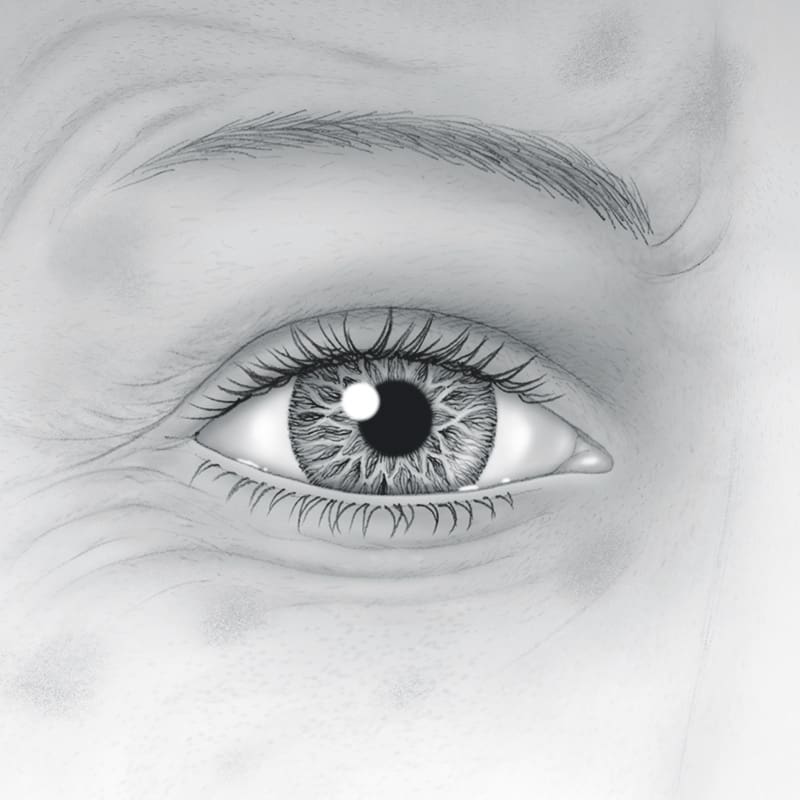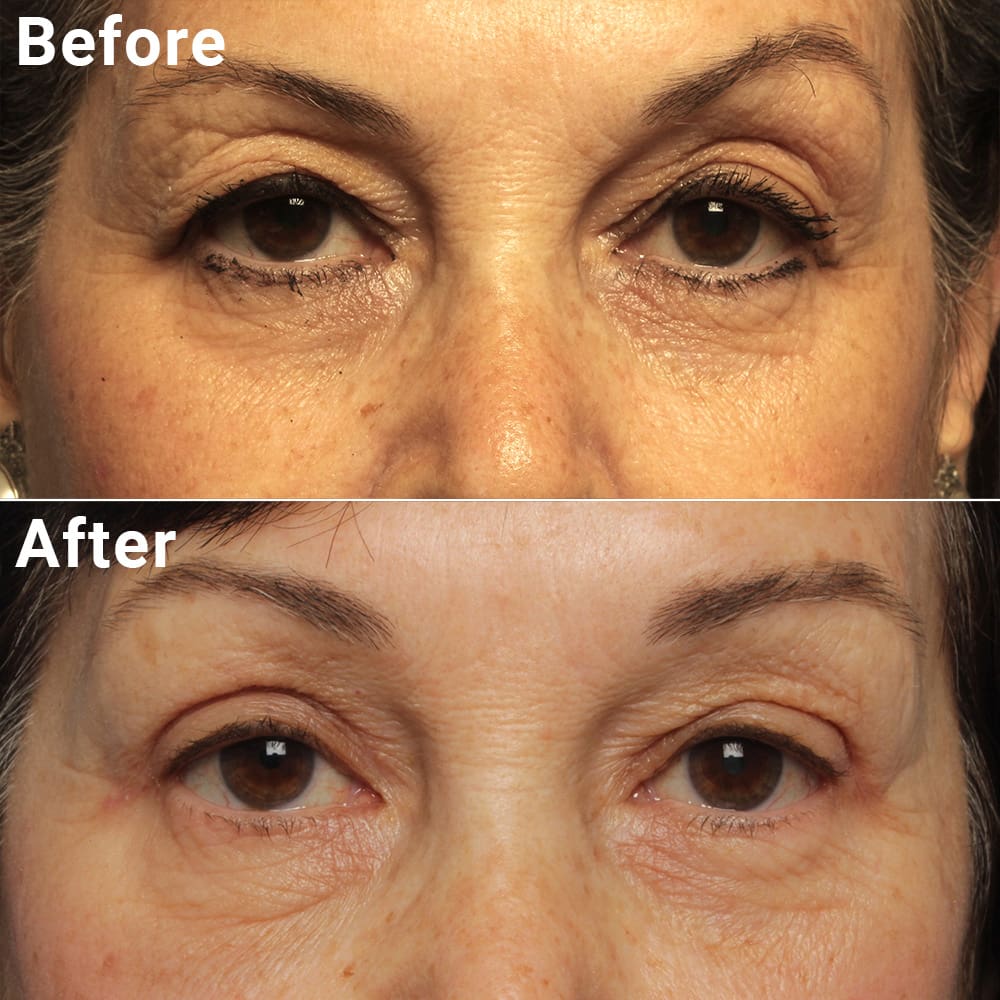Skin Rejuvenation and Resurfacing
Why Consider Skin Rejuvenation?
As we age, our skin changes. Sun damage, wrinkles, age spots, and uneven texture can make skin look older or tired. Skin rejuvenation treatments help improve how the skin looks and feels — especially around the eyes and face.
These treatments can help with:
• Fine lines and wrinkles
• Brown spots or sun damage
• Uneven skin tone or texture
• Redness or visible blood vessels
• Scars (including acne scars)
Your oculofacial plastic surgeon can recommend the right options based on your skin type, age, and goals.

Treatment Options
Laser Resurfacing
Lasers remove damaged skin and stimulate new collagen. This can smooth wrinkles, even out skin tone, and tighten skin.
• Ablative lasers remove surface layers for deeper results
• Non-ablative lasers work under the skin with less downtime
Chemical Peels
A special solution is applied to peel away old skin, revealing smoother, brighter skin underneath. Peels come in different strengths based on how deep they go.
Microneedling
Tiny needles create small injuries that trigger healing and collagen growth. This helps improve texture, tone, and scars.
Topical Treatments
Prescription creams or serums may be used for mild concerns like uneven tone, dark spots, or fine lines.
Botulinum Toxin & Fillers
Although not resurfacing, these treatments are often combined with skin treatments:
• Botulinum toxin relaxes muscles that cause wrinkles
• Fillers restore volume and smooth deeper lines
What to Expect After Treatment
• Redness, swelling, or flaking are common for a few days
• Downtime depends on the treatment (peels and ablative lasers may need more recovery time)
• Your skin may be sensitive to sun—use sunscreen and avoid tanning
• Results improve over time as new skin and collagen form
Risks and Considerations
Skin rejuvenation is generally safe, but all treatments carry some risk:
• Redness, swelling, or infection
• Skin color changes (temporary or permanent)
• Scarring (rare, more likely with deeper treatments)
Let your doctor know if you’ve had cold sores, take certain medications, or have darker skin, as this may affect the treatment plan.
Summary
Skin rejuvenation treatments can improve texture, tone, and signs of aging. Your oculofacial plastic surgeon will help you choose the safest and most effective approach for your goals and skin type.
